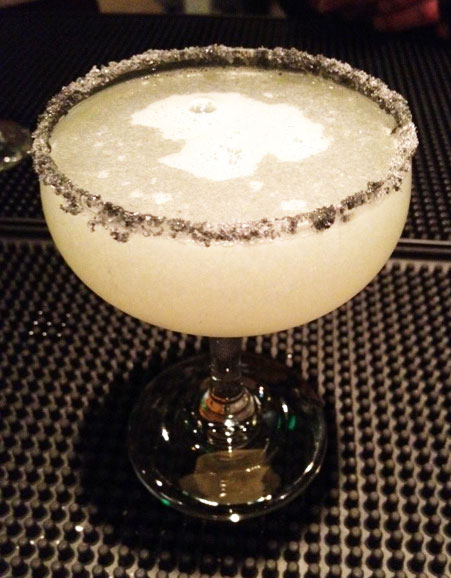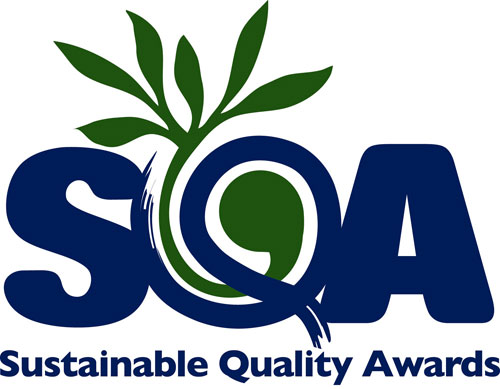Heal the Bay’s Santa Monica Pier Aquarium joins more than 1,800 museums nationwide in offering free admission to military personnel and their families this summer. In collaboration with the National Endowment for the Arts, Blue Star Families and the Department of Defense, the Aquarium will admit all active duty military personnel and up to five family members free of charge from Memorial Day through Labor Day.
This is the third year the Aquarium has participated in the Blue Star Museums program. Blue Star Families is a national, nonprofit network of military families from all ranks and services, including guard and reserve, dedicated to supporting, connecting and empowering military families. Blue Star Families hosts an array of programs with its partners and also works directly with the Department of Defense and senior members of local, state and federal government to highllight military family issues. Working in concert with fellow nonprofits, community advocates and public officials, Blue Star Families raises awareness of the challenges and strengths of military family life and works to make military life more sustainable.
Congress established the National Endowment for the Arts in 1965 as an independent agency of the federal government. To date, the NEA has awarded more than $4 billion to support artistic excellence, creativity, and innovation for the benefit of individuals and communities. The NEA extends its work through partnerships with state arts agencies, local leaders, other federal agencies, and the philanthropic sector.
View the complete list of Blue Star Museums.



 The Basement Tavern
The Basement Tavern